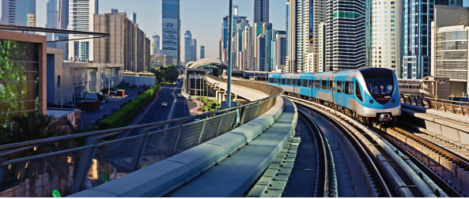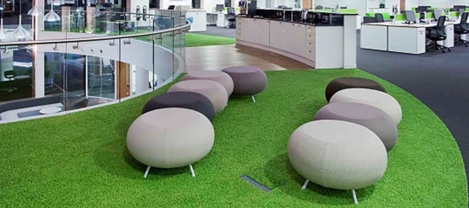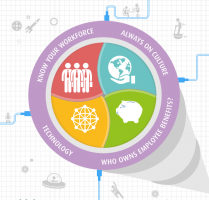September 16, 2015
Many SMEs know how staff contribute to growth but still ignore their wellbeing 0
 The owners and managers of British small businesses understand that employees are critical to their success but a surprisingly large proportion believe that their health and wellbeing is not something that should be a concern for the firm. That is the main claim of a new survey from healthcare provider Bupa. According to its study of 500 small business owners and directors, two thirds (63 percent) agree that employing the right people is critical to the growth of the business in its early stages. Yet, less than half (46 percent) believe employee health and wellbeing will play a key role in their future growth strategy. This is in spite of the fact that three quarters (76 percent) of SMEs who have had an employee take a long sickness absence reported a significant impact on the growth of their business. Meanwhile, nearly half (46 percent) believe even an early short-term absence would have had an adverse effect.
The owners and managers of British small businesses understand that employees are critical to their success but a surprisingly large proportion believe that their health and wellbeing is not something that should be a concern for the firm. That is the main claim of a new survey from healthcare provider Bupa. According to its study of 500 small business owners and directors, two thirds (63 percent) agree that employing the right people is critical to the growth of the business in its early stages. Yet, less than half (46 percent) believe employee health and wellbeing will play a key role in their future growth strategy. This is in spite of the fact that three quarters (76 percent) of SMEs who have had an employee take a long sickness absence reported a significant impact on the growth of their business. Meanwhile, nearly half (46 percent) believe even an early short-term absence would have had an adverse effect.






 The allure of London for Generation Y appears to be fading, according to
The allure of London for Generation Y appears to be fading, according to 
 One of the most typical claims that suppliers in this sector make about their products is that they will make people more productive at work. Many go so far as to put numbers on what this means, and usually not just 0.4 percent or whatever but something far more. We can understand why they do this because they are seeking to link workplace productivity to whatever it is they have to sell. This is often tenuous for at least two reasons. The first is that even when such a causal link is demonstrably true, it still assumes that all other things at work are equal, whereas they never are because there are so many factors involved. That is why you will find some people cheerfully working in shabby, cluttered, underlit offices while others mope around unhappily in gilded cages with expensive chairs, soaring daylit atria and olive groves. The second is that such claims simply ignore what makes people tick.
One of the most typical claims that suppliers in this sector make about their products is that they will make people more productive at work. Many go so far as to put numbers on what this means, and usually not just 0.4 percent or whatever but something far more. We can understand why they do this because they are seeking to link workplace productivity to whatever it is they have to sell. This is often tenuous for at least two reasons. The first is that even when such a causal link is demonstrably true, it still assumes that all other things at work are equal, whereas they never are because there are so many factors involved. That is why you will find some people cheerfully working in shabby, cluttered, underlit offices while others mope around unhappily in gilded cages with expensive chairs, soaring daylit atria and olive groves. The second is that such claims simply ignore what makes people tick.
 Newly published research
Newly published research






















September 18, 2015
What Robert Frost can teach us about the changing workplace
by Mark Eltringham • Comment, Facilities management, Flexible working, Technology
More →